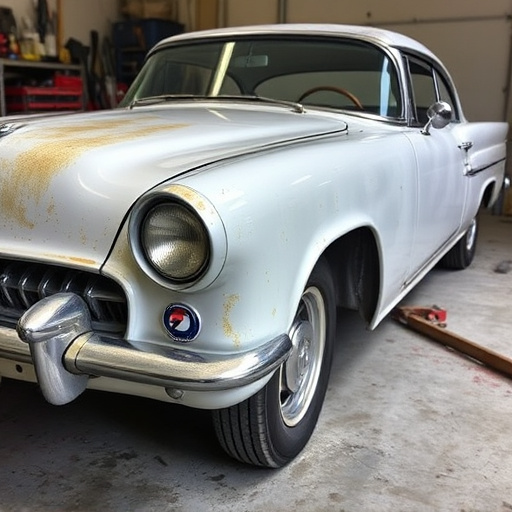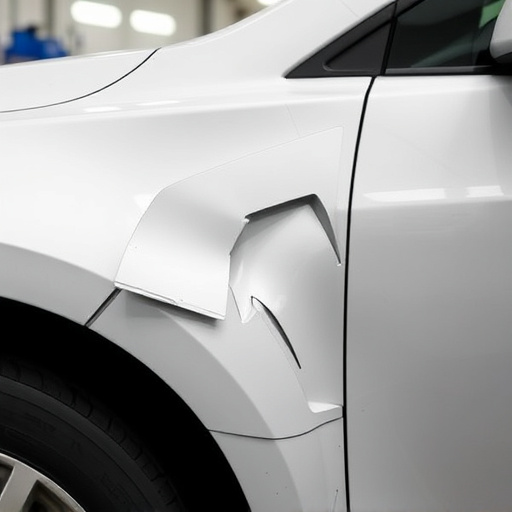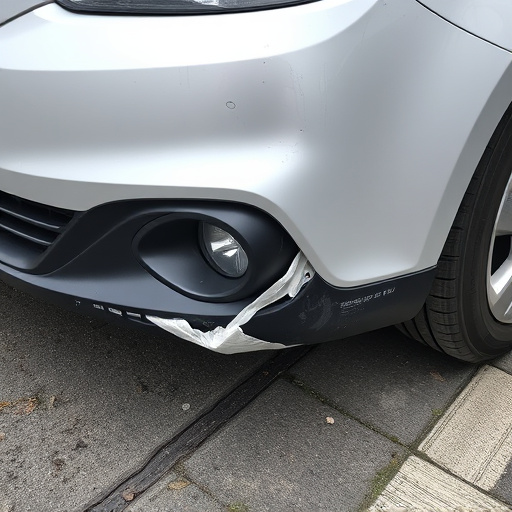OEM-certified replacement parts ensure quality and safety in vehicle repairs, especially for high-end models like Mercedes Benz. Auto body shops can verify certifications through manufacturer approvals, test reports, and industry regulations. Serial number cross-referencing with databases guarantees part legitimacy. Online tools empower car owners to check part authenticity against OEM specs, promoting vehicle longevity and safety.
Ensuring you receive genuine OEM-certified replacement parts is paramount for vehicle safety and performance. This guide navigates the process of verifying part authenticity, empowering car owners to make informed decisions. We delve into understanding stringent OEM certification standards, leveraging serial numbers for precise verification, and utilizing online tools that provide detailed checks. By following these steps, you can confidently assure the integrity of your purchases.
- Understanding OEM Certification Standards
- Verifying Part Authenticity Through Serial Numbers
- Utilizing Online Tools for Detailed Checks
Understanding OEM Certification Standards

OEM (Original Equipment Manufacturer) certification for replacement parts ensures that they meet the same quality and performance standards as the original components provided by the vehicle manufacturer. This is crucial, especially when it comes to safety-critical systems like brakes or steering mechanisms in cars such as Mercedes Benz models undergoing collision repair.
Understanding these standards involves grasping the rigorous testing and validation processes OEM-certified parts must undergo. For instance, auto body repair shops and mechanics can verify certifications by checking for manufacturer approvals, test reports, and compliance with industry regulations. This transparency ensures consumers receive genuine, high-quality parts during car body repair, enhancing both vehicle performance and safety over time.
Verifying Part Authenticity Through Serial Numbers

One effective way to ensure you’ve received authentic OEM-certified replacement parts is through serial number verification. Each genuine part should have a unique serial number etched or printed on it, which acts as a digital fingerprint. By cross-referencing this number with the manufacturer’s database or official records, you can confirm its legitimacy and origin. This process is especially crucial when dealing with critical components like engines, transmissions, or body panels, ensuring they match the original equipment specifications.
For instance, if you’ve had paintless dent repair or collision repair work done, your mechanic should be able to provide the serial numbers of all parts used. These can then be checked against the OEM’s records to guarantee that only approved and certified parts were utilized in the body shop services, ensuring the integrity and quality of the repairs.
Utilizing Online Tools for Detailed Checks

In today’s digital age, various online tools can significantly aid in verifying the authenticity and quality of OEM-certified replacement parts. Many reputable car body shops and collision centers offer detailed databases where customers can input part numbers to cross-reference them against genuine OEM specifications. These platforms often provide information on the manufacturer, model compatibility, and even visual comparisons to ensure you receive an exact match.
By leveraging these online resources, car owners can confidently confirm the integrity of their purchases, ensuring they get high-quality parts tailored for their specific vehicle models. This meticulous process, while utilizing advanced digital tools, helps maintain the standards set by OEM manufacturers, ultimately contributing to the longevity and safety of vehicles on the road.
When purchasing OEM-certified replacement parts, verifying their authenticity is crucial to ensure quality and compatibility. By understanding certification standards, checking serial numbers, and utilizing online tools, you can confidently assure yourself that you’ve received genuine components. This meticulous process empowers consumers to make informed decisions, fostering trust in the integrity of their purchases.













